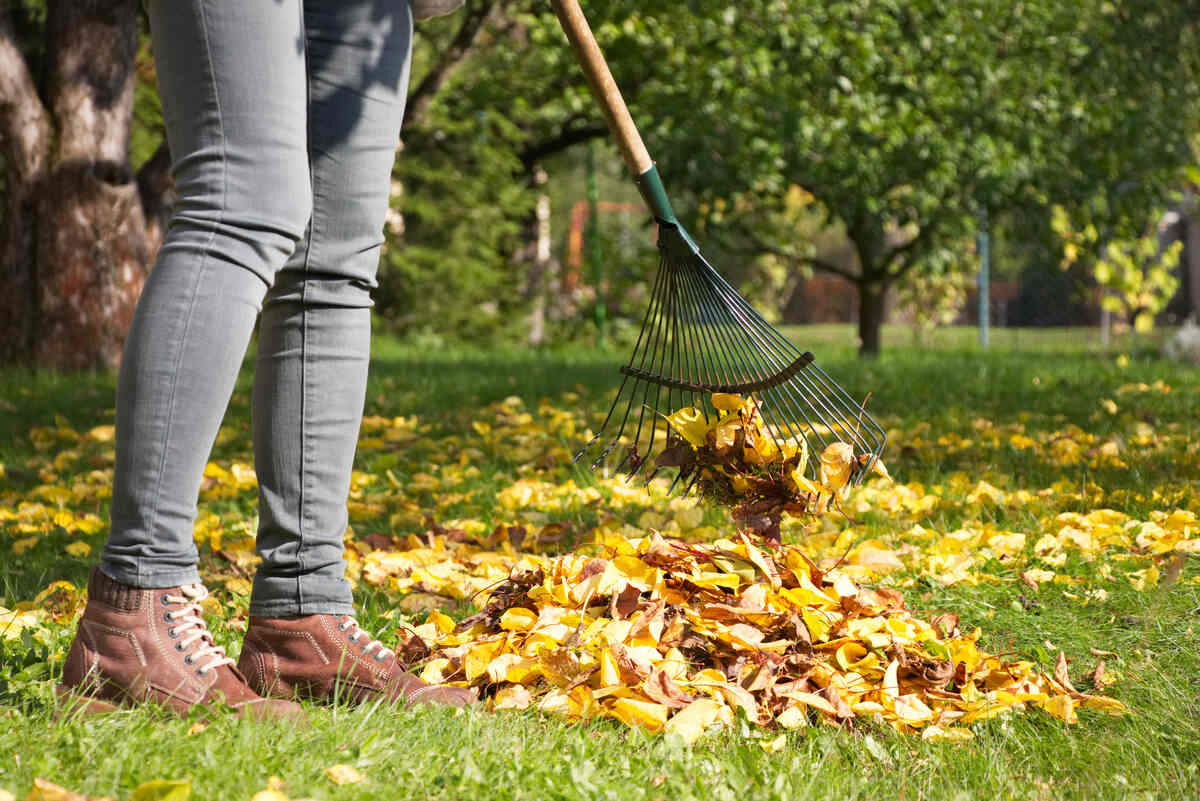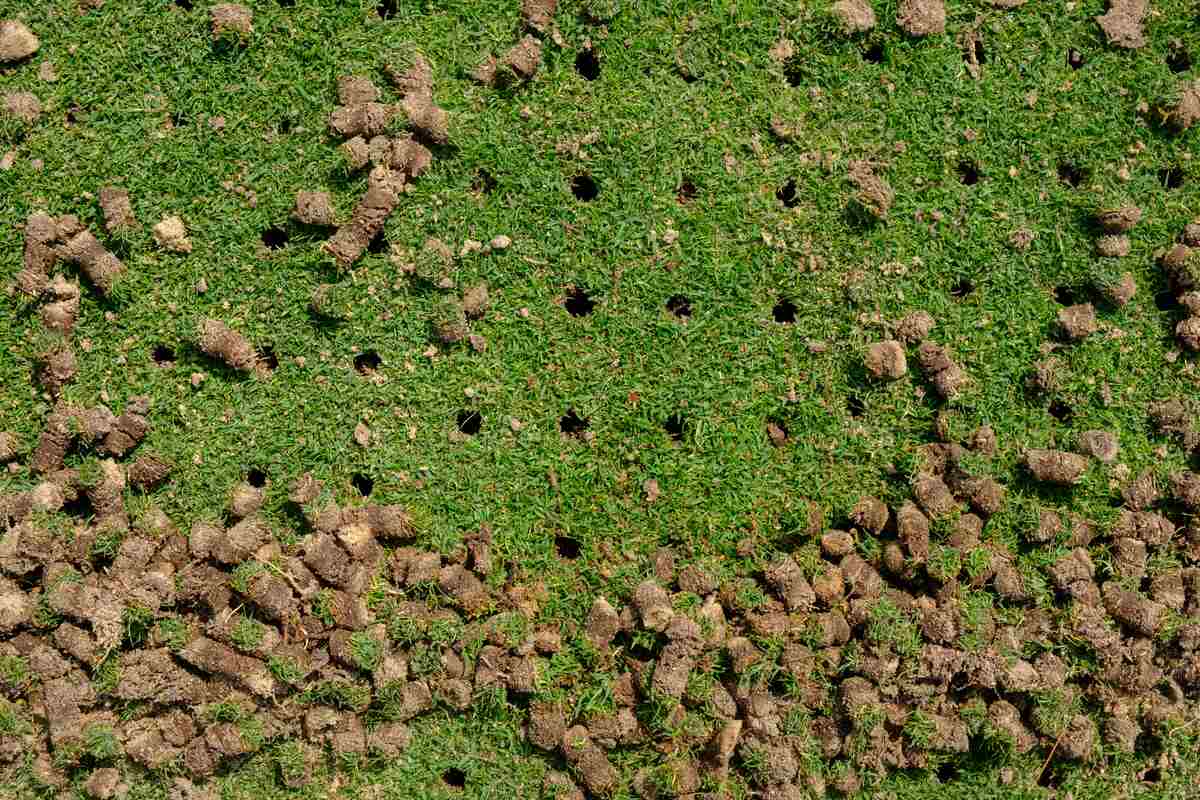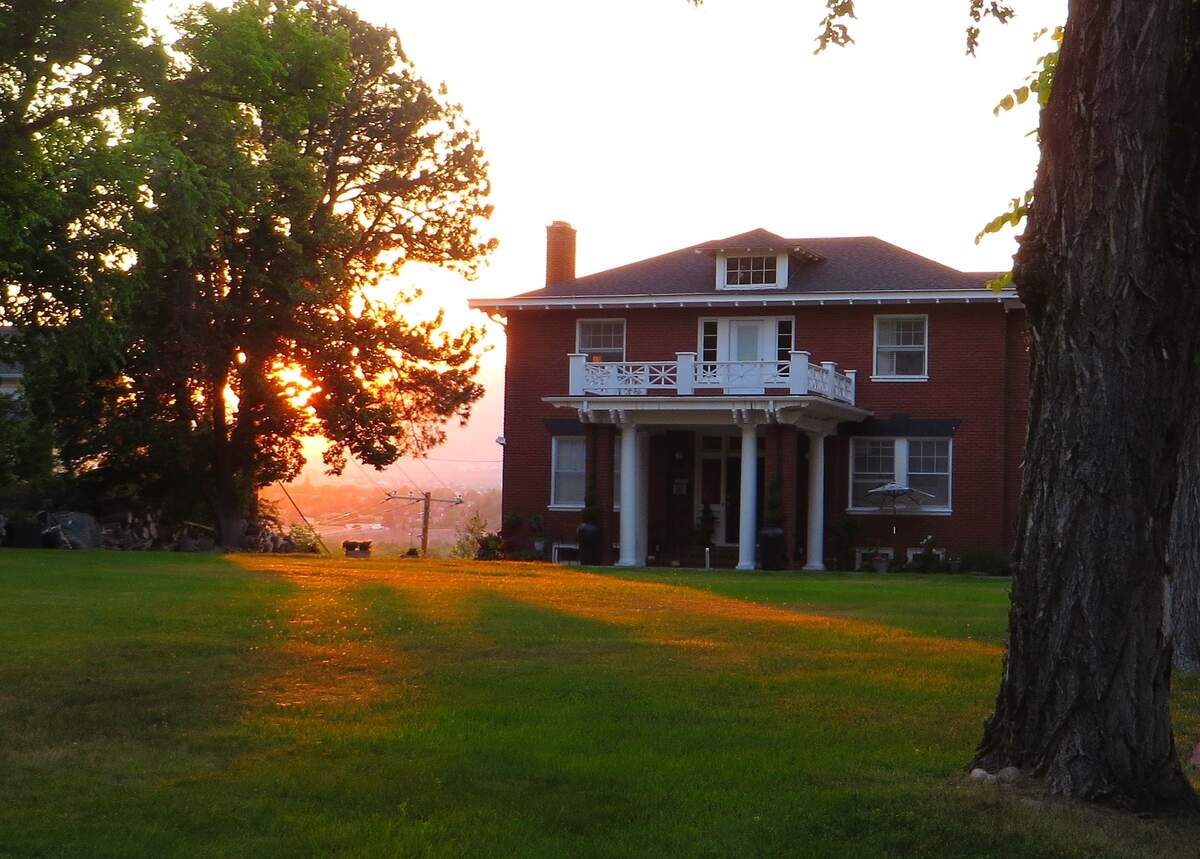
Keeping heavy objects off your lawn and using the “water and wait” method are among the pro lawn care tips for Reno that will keep your lawn looking fabulous.
Some people may think you’re crazy for growing a traditional grass lawn, but if you put in the work, it is possible to grow a beautiful carpet of grass that will make your neighbors green with envy.
Tips for Growing a Lawn in Northern Nevada
Choosing the right type of grass can make or break the success of your yard. Living in a semi-arid region and transition zone can sometimes make it difficult to know what kind of grass to plant. In Reno, cool-season grasses are what grow best, but your lawn’s specific needs will affect which grass will be best for your lawn.
Cool-Season Grasses
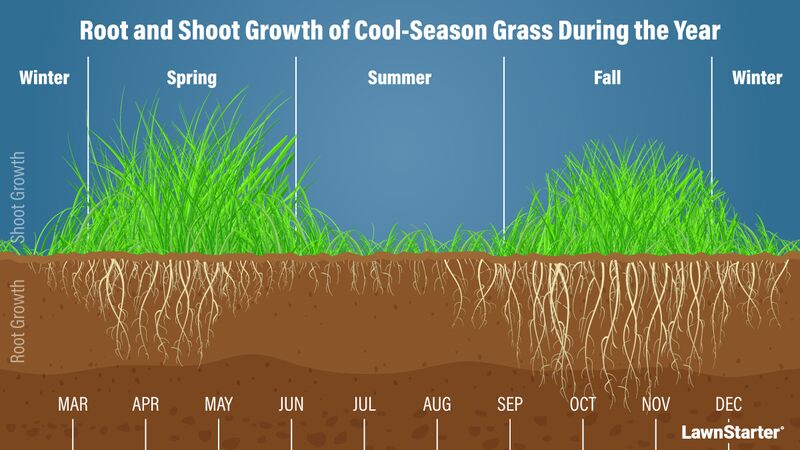
These grasses grow the most in the fall and spring and struggle to grow during the hot summer months. Their slow growth during the summer can be a benefit if you don’t like mowing your grass in the extreme heat.
- Fine fescue: Needs less water and fertilizer than other grass; fine fescue doesn’t tolerate high traffic but does resist wildfire when well maintained.
- Kentucky bluegrass: Produces a dense lawn and is moderately drought-resistant, making Kentucky bluegrass a good choice for the dry Nevada climate.
- Perennial ryegrass: Commonly used on golf courses, perennial ryegrass options include newer, heat-tolerant varieties that have found their way into Nevada residents’ home lawns.
- Tall fescue: Tolerates a wide variety of soils, making tall fescue a popular choice for residents in the transition zone.
Reno Lawn Watering Tips and Schedule
Living in Reno means most residents have to deal with clay-based soil in a high desert environment; however, there are some sandy areas. Clay-based soil means water takes five to six times longer to absorb into the soil as it does in sandy soils that are prevalent in other parts of the West.
Due to the longer absorption time, residents should use the “water and wait” method when watering their lawns. This means you water your yard till puddles begin to form. Then you stop and wait for it to soak in. Waiting for the water to soak in typically takes about one to two hours. Then repeat. Continue to repeat the process until water penetrates 6 to 8 inches into the soil.
The “water and wait” method will also encourage deep root growth, which is better for surviving hot weather. Light, frequent watering creates shallow roots that will dry out during the hot summer months.
Assigned-Day Watering
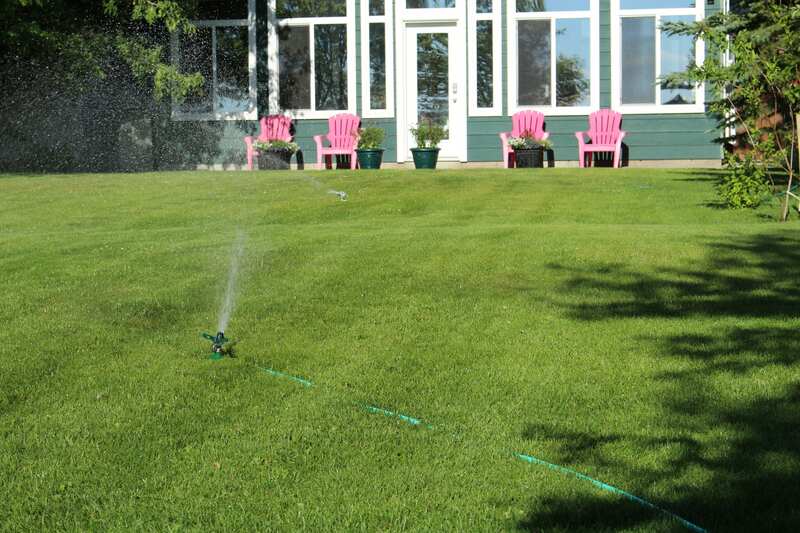
When watering, it’s also important to be aware of the assigned watering schedule and times. Whether it’s a dry winter day or a rainy day in June, responsible watering is a way of life in Reno. Limiting your watering to your assigned days will help ensure there’s plenty of water for future generations.
Assigned watering days:
- Odd addresses: Water on Wednesdays, Fridays, and Sundays
- Even addresses: Water on Tuesdays, Thursdays, and Saturdays
Note: Do not water on Mondays. Taking a break from watering one day a week allows for maintenance and replenishment of the water system. You should also refrain from watering between 11 a.m. and 7 p.m. from Memorial Day through Labor Day.
How Often to Water
Watering needs are different throughout the year depending on the season. It’s important to understand how often to water to not drown or dry out your grass.
Spring: It’s important to encourage deep root growth throughout the months of April and May. Begin the spring by watering once every other week, then step it up to once a week for a deep watering using the “water and wait” method.
Summer: Continue to water only on your assigned days, and use the “water and wait” method.
Fall: As temperatures dip, drop your watering down to once a week as temperatures are in the 60s and 70s. As the weather continues to cool down, taper off watering to every other week.
Winter: Regular lawn watering is not needed while your lawn is dormant from November through March.
Note: Don’t water when it’s windy, raining, or during the heat of the day.
Spring Lawn Care Tips
When the sweet smell of spring is on the horizon, that means it’s time to dust off the ole’ lawn mower and start prepping for the upcoming summer months. This is the time of year to get your mower tuned up and blade sharpened so it’s ready to go when it’s time to start mowing again.
Spring to-do list:
- Dethatch if needed: Often, lawns that are older may need dethatching since they’ve had more time for thatch to accumulate.
- Clean any debris leftover from the winter off your lawn.
- You may need to aerate your Reno lawn due to the poor soil conditions in northern Nevada. For cool-season grasses, it’s best to aerate in the fall. However, if you did not aerate in the fall, you can still aerate in the spring when needed. Due to the dense soil, lawns in the region may need to be aerated twice a year.
- It’s recommended to fertilize your lawn in the fall. But if you didn’t fertilize then, spring is the next best time.
Summer Lawn Care Tips
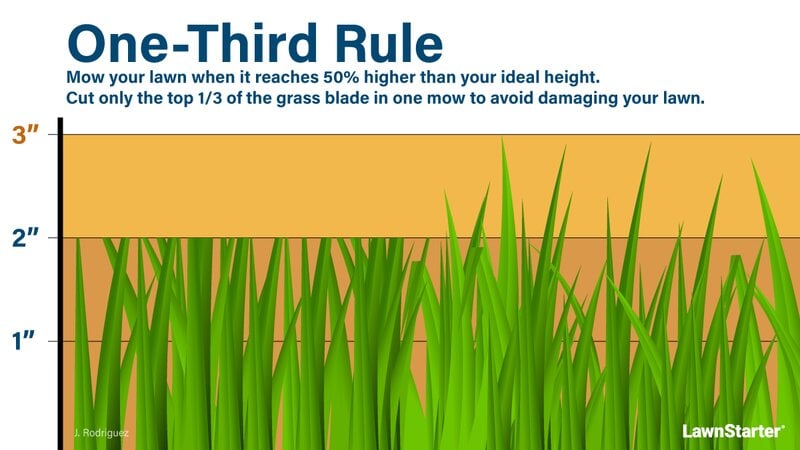
Once this season hits, it’s time to hit the ground running. Mowing and watering appropriately are probably the two most important things you can do to keep your lawn in tip-top shape all summer long.
Summer to-do list:
- Watering should only be done on your assigned watering day.
- When watering, be sure to follow the “water and wait” method.
- Mow according to your grass’s ideal height, and never cut more than one-third of it off.
Fall Lawn Care Tips
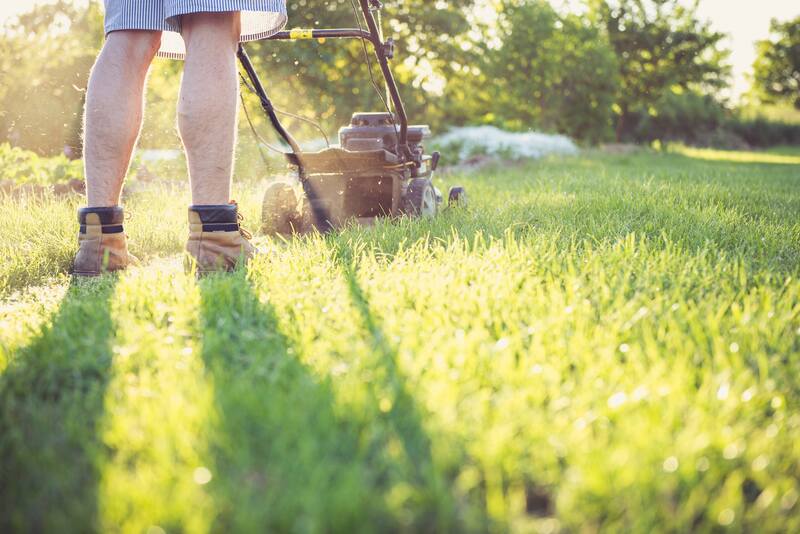
Don’t stop yet! When fall time hits, it may be tempting to just store away your lawn mower for the season without giving your equipment or lawn another thought. Instead, let the weather drive your lawn care schedule, not the month.
Taper down your lawn care and prepare your landscaping for its winter dormancy. A lawn that is well taken care of in the fall will be better prepared to spring back to life come springtime.
Fall to-do list:
- Don’t stop watering: Just because it’s starting to cool down doesn’t mean you should stop watering. Continue to water your grass till the first freeze.
- Continue mowing throughout the fall as the grass will continue to grow as long as it’s getting adequate water and sunlight.
- Keep your yard clean: It’s important to rake and bag all fallen leaves as they block sunlight from reaching the grass. They can also mat and become a breeding ground for diseases and pests if left over the winter. Check out our story Yard Clean-Up Guide for Reno for guidance on cleaning up a neglected yard.
- Aerating will create space for roots to breathe so they can absorb water and nutrients that will nourish them through the winter.
- Now is also the time to fertilize: Fertilizing now rather than waiting till spring will help protect the grass’s roots through the cold winter months and regrow healthy and strong in the spring.
- The fall is the preferred time of year to overseed your Nevada lawn. For guidance on choosing grass seed, check out our story Best Grass Seed for Nevada.
Winter Lawn Care Tips
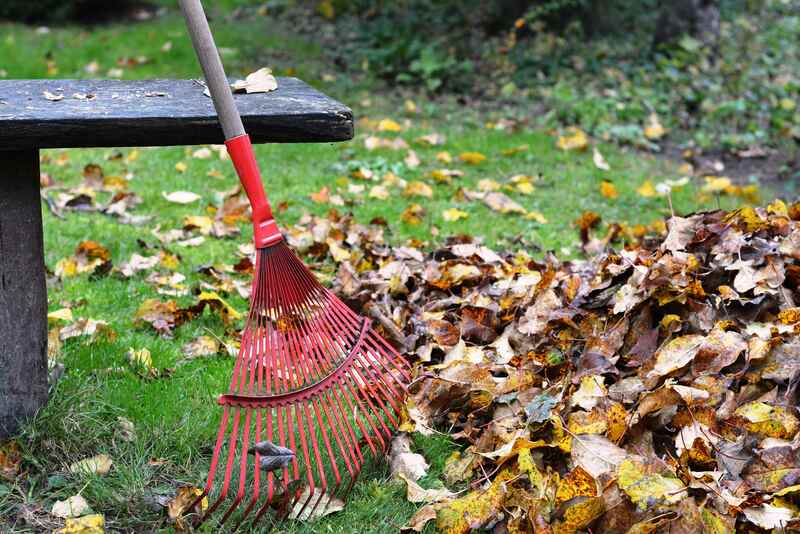
Just because winter has come doesn’t mean you can completely forget about your yard. Winters in Reno can be dry, so your landscaping may need some watering and other attention throughout the season.
Winter to-do list:
- Remove any leftover fall leaves from your lawn. Leaving them on the ground creates a wet environment that can become a breeding ground for pests and diseases.
- Minimize damage to your lawn by limiting traffic: Avoid walking on it to prevent damage.
- Water trees and shrubs during times when there hasn’t been any precipitation for two to four weeks. Water during the midday hours so the moisture will saturate into the soil and not freeze. Also, only water when the temperature is above 40 degrees.
- Remove heavy equipment or other items from your lawn to prevent soil compaction that can lead to diseases like snow mold.
- Never leave bags of de-icing salt near your yard. This can cause salt runoff.
FAQ about Lawn Care Tips for Reno
How Do You Tell How Far Water Has Penetrated Your Lawn?
An easy way to determine how far water has seeped into the ground is to use a screwdriver and push it into the soil. It will easily move through moist soil, but you will have resistance when you encounter dry soil.
Is it Better to Fertilize Cool-Season Grass in the Fall or Spring?
It’s always recommended to fertilize cool-season grass in the fall over the spring. This allows the roots to store nutrients for winter and for your grass to emerge healthy in the spring. However, if you do not fertilize in the fall, you can also apply fertilizer in the spring, and your grass will still benefit.
Is it Better to Fertilize Before or After Dethatching?
It’s best to dethatch first, then fertilize your lawn. Dethatching can be a rather invasive process that could mess with your fertilization efforts if you fertilize first. So it’s best to save fertilization till after you dethatch your lawn.
Does the “Grass Ban” Impact Reno?
No. The ban on nonfunctional grass is only for southern Nevada, not northern Nevada. For more details about the grass ban, check out our story about What Does Nevada’s “Grass Ban” Mean for Homeowners?
Want to Feel a Lush Carpet of Grass Under Your Feet?
Do you want a beautiful, lush, green lawn but don’t have the time or patience to devote to keeping a lawn healthy in the Reno climate? Contact a local lawn care professional today, and you can be sure they will make sure your yard is the talk of the neighborhood.
Main Image Credit: Ken Lund from Reno, Nevada, USA / Wikimedia Commons / CC BY-SA 2.0
